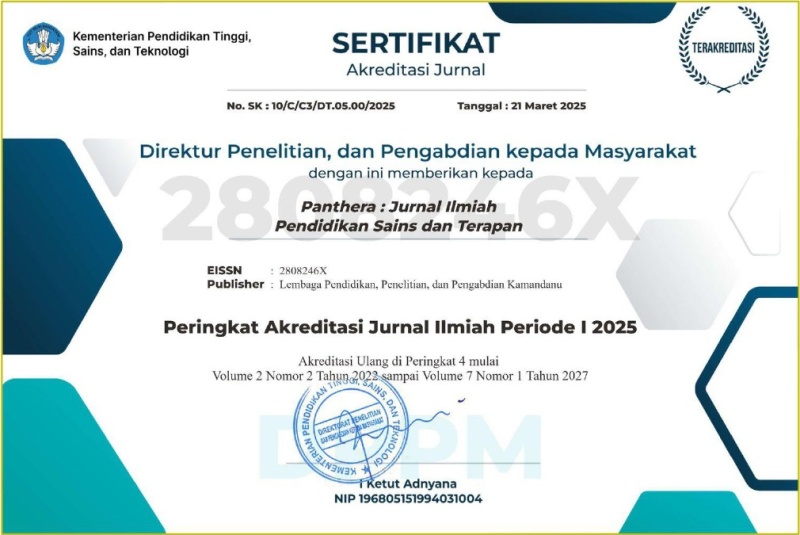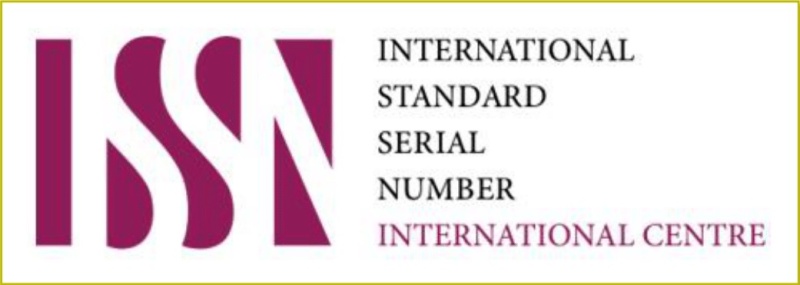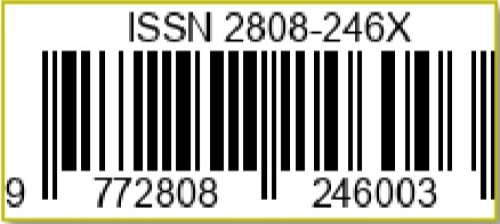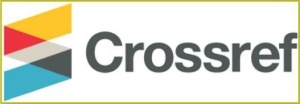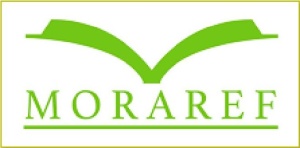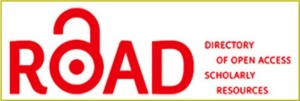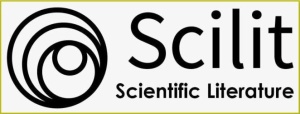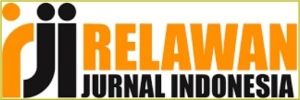Tindak Tutur Ilokusi dalam Video Iklan yang Terdapat pada Akun Air Mineral di Media Sosial YouTube
DOI:
https://doi.org/10.36312/panthera.v5i4.750Keywords:
Function of Illocutionary Speech Acts, Mineral Water Advertisement, Illocutionary Acts, Types of Illocutionary Speech Acts, YouTubeAbstract
This study aims to describe the types and functions of illocutional speech contained in mineral water accounts on YouTube social media. This study uses a qualitative method with a descriptive qualitative research design. The data source in this study came from eight advertisements consisting of four mineral water brands on YouTube social media. The data analysis used is a pragmatic approach that is carried out in detail, starting from data identification, data classification, analyzing and interpreting data, and concluding. The data from the research was obtained by grouping illocutional speech actions in the form of words, phrases, and sentences contained in mineral water advertisements. The results of the study revealed that there are five types of illocution speech acts, namely assertive, directive, commissive, expressive, and declarative. The functions found consist of the actions of reporting, affirming, predicting, claiming, acknowledging, complaining, statements, asking, commanding, suggesting, persuasive requests, offers, promises, astonishment speeches, greetings of hospitality, and announcements. These findings show that speech in advertising plays an important role in building persuasiveness and brand image on social media.
Downloads
References
Artati, A., Wardhana, D. E. C., & Basuki, R. (2020). Tindak Tutur Ilokusi Asertif, Direktif, Ekspresif, Komisif, dan Deklaratif pada Program Gelar Wicara Mata Najwa. Jurnal Diksa Pendidikan Bahasa dan Sastra Indonesia, 6(1), 43-57. https://doi.org/10.33369/diksa.v6i1.9687
Austin, J. L. (1962). How to do Think with Words. London: Oxford University Press.
Bella, A., Munirah, M., & Yusuf, B. A. (2022). Tindak Tutur Ilokusi Iklan Layanan Masyarakat Terkait Covid-19 di Televisi (Kajian Pragmatik). Jurnal Onoma, 8(2), 483-498. https://doi.org/10.30605/onoma.v8i2.1820
Dewi, I. N., & Safnowandi, S. (2020). The Combination of Small Group Discussion and ARCS (MODis-ARCS Strategy) to Improve Students’ Verbal Communication Skill and Learning Outcomes. Prisma Sains: Jurnal Pengkajian Ilmu dan Pembelajaran Matematika dan IPA IKIP Mataram, 8(1), 25-36. https://doi.org/10.33394/j-ps.v8i1.2478
Djafar, S. (2020). Hubungan Status Sosial dan Peristiwa Tutur antara Aparat Desa dan Masyarakat. Jurnal Telaga Bahasa, 1(8), 131-146.
Humairah, W. M. A., Retnowaty, R., & Ratnawati, I. I. (2020). Tindak Tutur pada Iklan Produk Kecantikan di Televisi Swasta. Jurnal Bahasa, Sastra, dan Pengajarnya, 4(2), 29-277. https://doi.org/10.30651/lf.v4i2.4263
Khairiyah, N. (2018). Analisis Tindak Tutur Ilousi Wacana Iklan Televisi Lokal Jambi. Skripsi. Universitas Jambi.
Kuspriono, T. (2018). Pengaruh Iklan terhadap Keputusan Pembelian Apartemen Meikarta. Jurnal Cakrawala, 18(1), 59-66. https://doi.org/10.31294/jc.v18i1.3039
Mailani, O., Nuraeni, I., Syakila, S. A., & Lazuardi, J. (2022). Bahasa sebagai Alat Komunikasi dalam Kehidupan Manusia. Kampret Journal, 1(1), 1-10. https://doi.org/10.35335/kampret.v1i1.8
Maulani, S., & Devianty, R. (2024). Penggunaan Bahasa Indonesia sebagai Alat Komunikasi Antar Budaya. Jurnal Bima: Pusat Publikasi Ilmu Pendidikan Bahasa dan Sastra, 2(2), 171-178. https://doi.org/10.61132/bima.v2i2.831
Rafiq, A. (2020). Dampak Media Sosial terhadap Perubahan Sosial suatu Masyarakat. Jurnal Global Komunikasi, 3(1), 18-29. https://doi.org/10.33822/gk.v3i1.1704
Searle, J. R. (1975). A Taxonomy of Illocutionary Acts. Minneapolis: University of Minnesota Press.
Wekke, I. S. (2019). Metode Penelitian Sosial. Yogyakarta: Gawe Buku.
Welliansyah, R. R., Budiarti, A., & Marlia, M. (2023). Tindak Tutur Ilokusi pada Iklan Pinjaman Online di YouTube: Pinjam di Adakami Syaratnya Ribet Gak Sih?. Jurnal Ilmiah PGSD FKIP Universitas Mandiri, 9(2), 5151-5157. https://doi.org/10.36989/didaktik.v9i2.1305
Downloads
Published
How to Cite
Issue
Section
License
Copyright (c) 2025 Aimar Akbar, Idawati, & Sakinah Fitri

This work is licensed under a Creative Commons Attribution-ShareAlike 4.0 International License.
-
Attribution — You must give appropriate credit, provide a link to the license, and indicate if changes were made. You may do so in any reasonable manner, but not in any way that suggests the licensor endorses you or your use.
-
ShareAlike — If you remix, transform, or build upon the material, you must distribute your contributions under the same license as the original.





